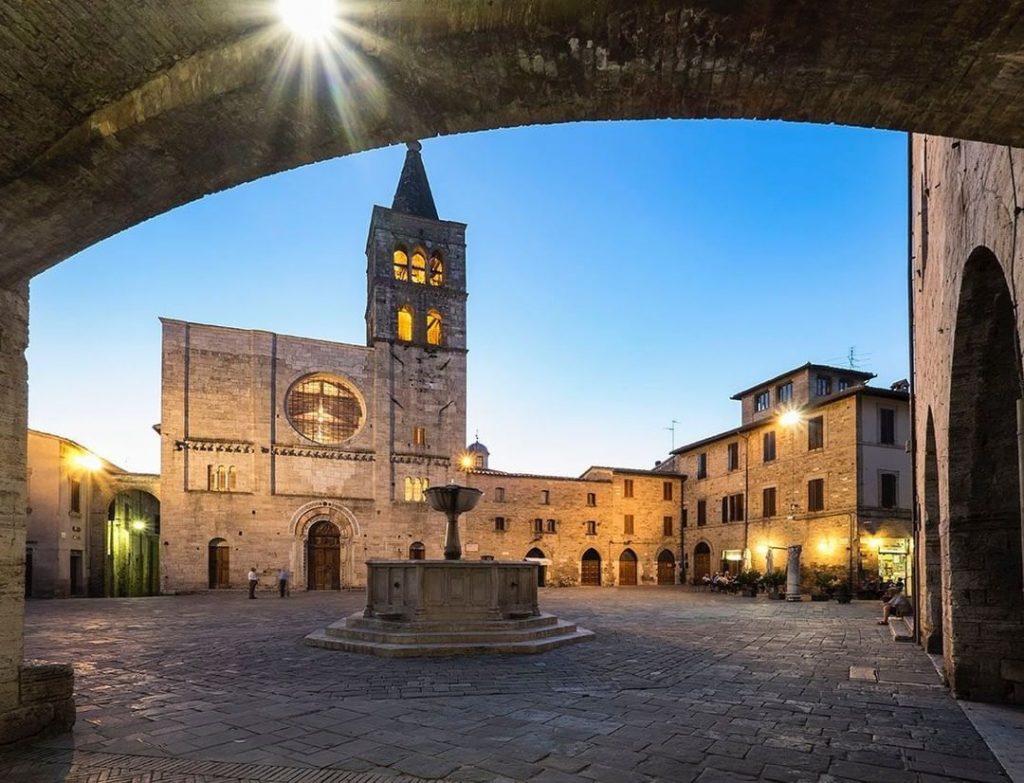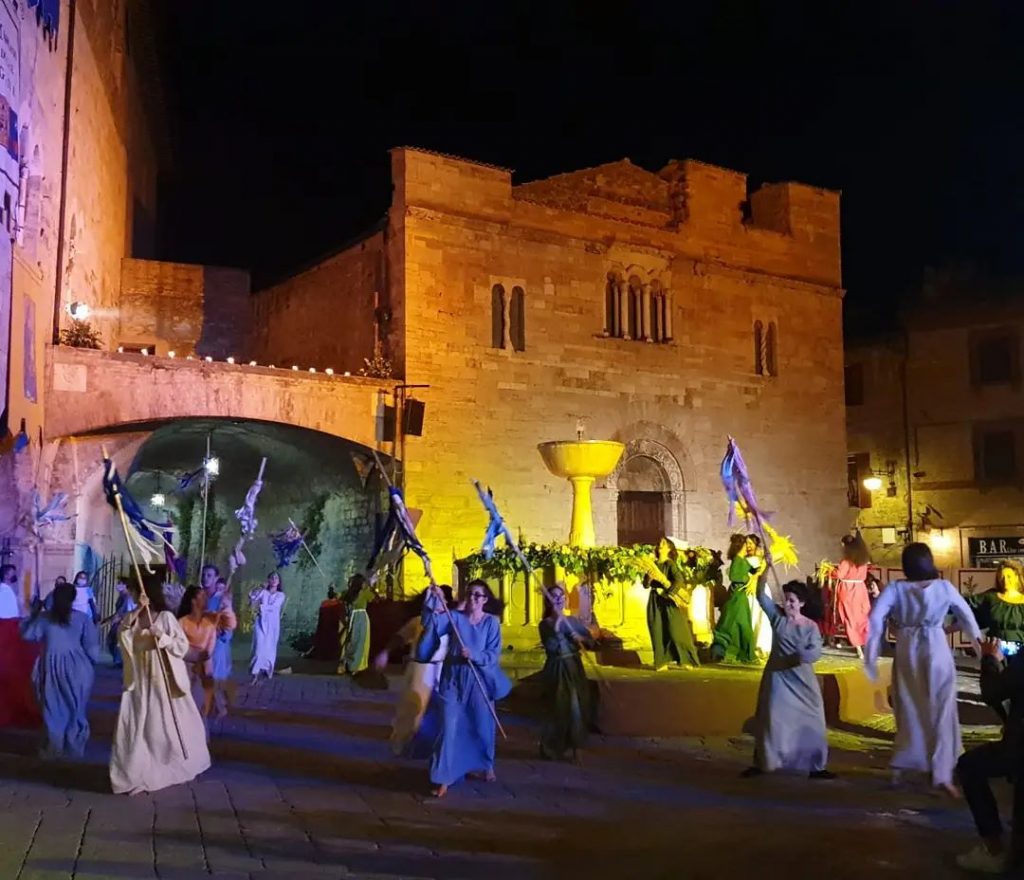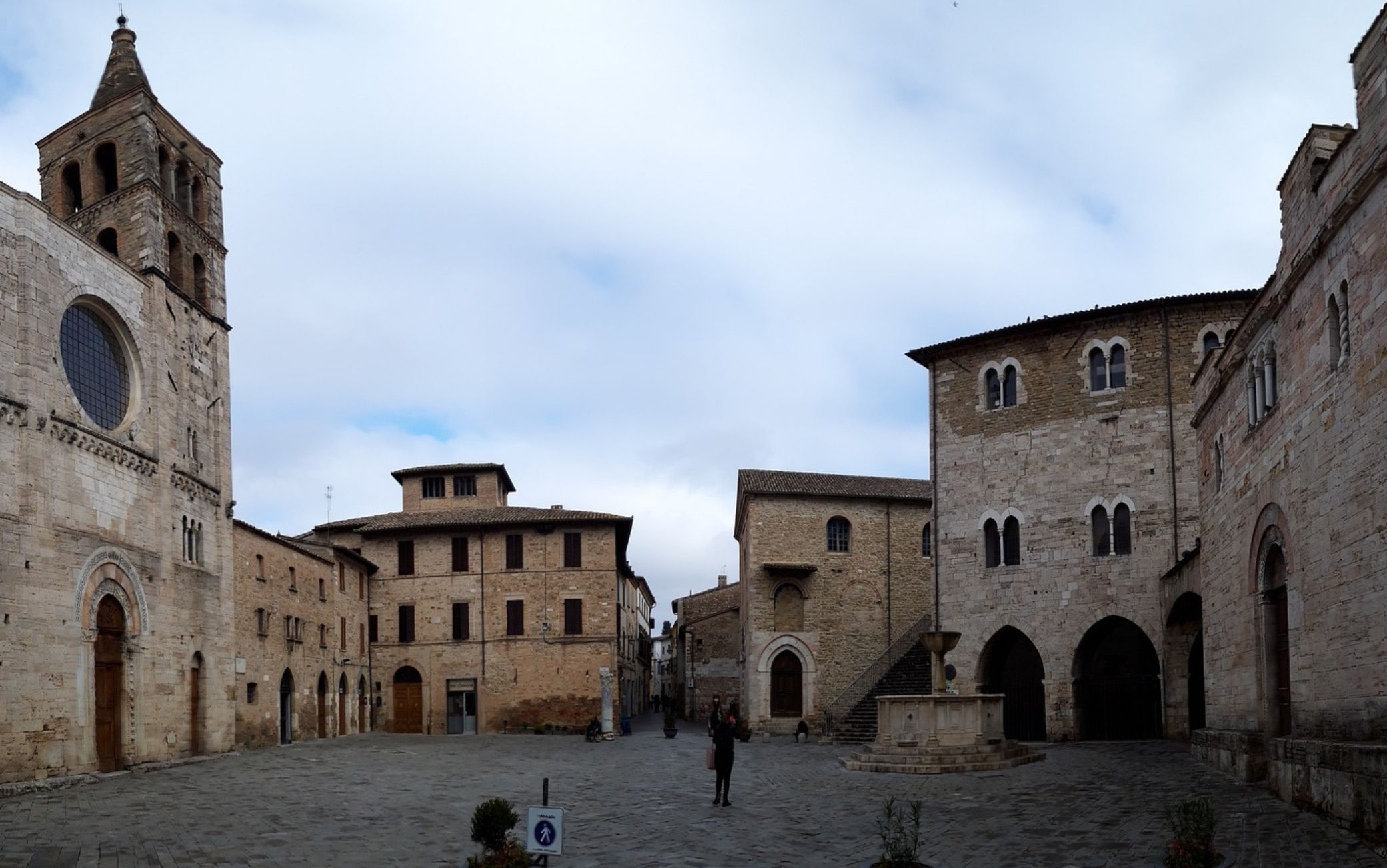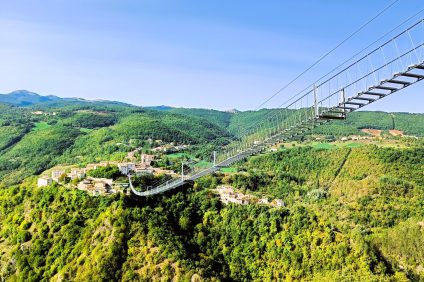Bevagna is among the most popular villages in Italy. A real jewel to admire during a trip to Umbria, discovering the province of Perugia. Although, inevitably, the passing of the years has had its own impact, the preservation of the historicity of the place is a crucial point of the experience proposed by the municipality. It is possible to immerse yourself in a medieval atmosphere, almost becoming the protagonists of a journey through time.
Walking through these streets makes it quite easy to immerse yourself in the atmosphere of the past, when the name of the village was still Mevania, an ancient wall city characterized by six gates. Fascinating stone buildings and shops everywhere, which made every area alive. There are many treasures to appreciate during your visit, combining the passion for history with that for life in nature. Bevagna is in fact located in the Umbrian valley, where Clitunno, Timia and Teverone meet.
The history of Bevagna
Rewinding the tape of time, we get the first news about Bavagna at the time of the conquest of Umbria by the Romans. The first human settlements, however, are well preceded. There are indeed traces that date back to the Iron Age.

An ancient city built on what was once the consular road Flaminia, but above all the first Umbrian town, later transformed into Mevania, Roman town hall. Crucial was its role in the viability of the empire, enjoying an enormous prosperity up to the third century AD, exploiting the river routes. In 774 it became part of the State of the Church, remaining there for 1000 years, until it declared itself a free municipality.
What to see in Bevagna
Silvestri Square is a medieval masterpiece, characterized in its center by a nineteenth-century fountain and enriched by a Roman column with a Corinthian capital. Scenographically fascinating, it boasts an irregular but at the same time harmonious shape. It offers space for various medieval shops, from the paper factory to the silk factory. Furthermore, the Palazzo dei Consoli, the Romanesque churches of San Michele and San Silvestro and the church of San Domenico turn their gaze on it. These three are crucial architectural elements of the village. The Palace of the Consuls dates back to the thirteenth century, is in Gothic style and has a loggia covered by a cross vault and a wide staircase that leads to the Teatro dei Torti, built in the nineteenth century.
La church of San Michele it was built at the end of the XNUMXth century and boasts a structure with three naves and a splendid portal. Inside there are XNUMXth century frescoes and works such as the silver statue of San Vincenzo by Ramoser. There church of San Silvestro it in turn has three naves. Real jewel of Maestro Binelli. Built in 1195 and restored in the 50s. It has a Romanesque facade, boasts an elegant portal and numerous frescoes from the Umbrian school. There church of San Domenico and Giacomo it was built in 1291. It boasts a single nave but above all splendid frescoes of the fourteenth century, from the school of Giotto, paintings of the sixteenth and seventeenth centuries, wooden sculptures of the thirteenth century and eighteenth-century altars.
Events
A decidedly intriguing way to discover the ancient life of Bevagna is the Circuit of Medieval Crafts. A fascinating event that has been going on for three decades to say the least. Thanks to the Mercato delle Gaite it is possible to offer a reconstruction of the life of the local community between the thirteenth and fourteenth centuries. All this happens in June and sees the reconstruction of four medieval crafts, with the setting up of spaces in particularly suggestive historical contexts:
- Paper shop
- Silk factory
- chandelier
- Painter

It is also offered the opportunity to participate in one or more workshops, in order to experience this type of activity first-hand, even producing small artifacts.
Typical dishes
Various typical dishes you can taste in Bevagna, starting fromlamb with black truffle. A mouth-watering stew. The truffle croutons, which boast a sauce made from butter, broth and parmesan. Also exquisite croutons with pork butchery, which have chicken livers minced and browned with capers, oil, garlic, pepper and salt.
Then there is the green beans with pork rinds, broad beans salad, truffle omelette, sweet pizza, lamb ragù and spaghetti alla norcina. A large number of delicacies to try in the various typical restaurants of the area, getting advice to be able to taste ancient and unique recipes.





